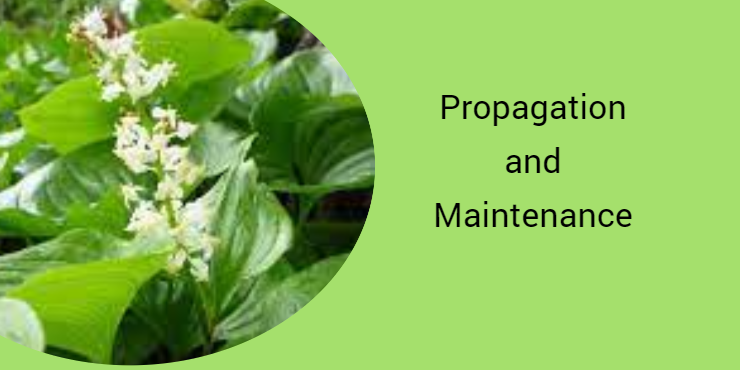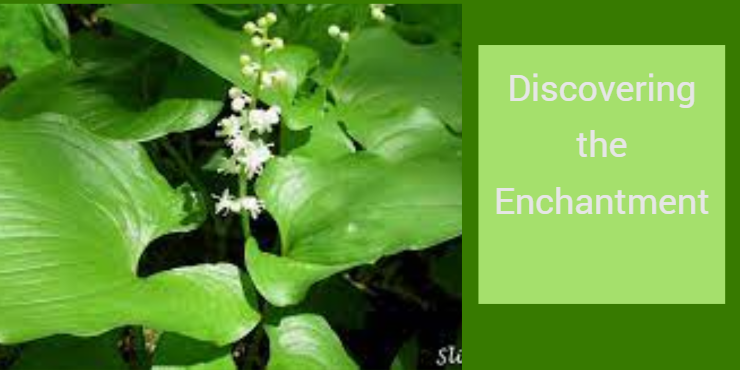In the enchanting world of flora, the False Lily of the Valley (Maianthemum dilatatum) stands as a captivating and enigmatic plant. With its delicate appearance and intriguing history, this perennial herbaceous plant has captivated nature enthusiasts and botanists alike. In this article, we’ll dive into the mesmerizing realm of the the Valley, exploring its characteristics, cultural significance, growth habits, and much more. So stay with us.
The Alluring Characteristics False lily of the valley
The False Lily of the Valley, often referred to as “False Solomon’s Seal,” is recognized for its slender stems and alternating, elliptical leaves. Its unique feature lies in its enchanting bell-shaped white flowers that dangle like delicate ornaments, creating a picturesque scene reminiscent of fairy tales. I will tell you about that
A Delicate Resemblance
At first glance, may bear a resemblance to the true Lily of the Valley (Convallaria majalis). However, its key distinction lies in the arrangement of its flowers, which differ from the cascading, fragrant blooms of the true Lily of the Valley.
Cultural Significance and Symbolism False lily of the valley
Throughout history, plants have often been imbued with cultural and symbolic significance. The False Lily of the Valley is no exception, carrying various meanings in different cultures. As the fragrance is different.
Japanese Mythology Connection
In Japanese culture, the Valley is associated with purity and humility. It is often depicted in artworks, symbolizing the fleeting beauty of life and the importance of embracing the present moment.
Modern Interpretations
Today, the plant’s resilience and ability to flourish even in challenging conditions have led to its interpretation as a symbol of strength, adaptability, and determination.
Habitat and Growth
Understanding the habitat and growth patterns of the adds to its allure.
Woodland Beauty
This plant thrives in shady woodlands, where it blankets the forest floor with its lush foliage and delicate blooms. Its preference for shaded areas makes it a sought-after addition to shaded gardens and landscapes.
Propagation and Maintenance

Propagation of the False Lily of the Valley can be achieved through division of its rhizomatous roots. Its low-maintenance nature makes it an ideal choice for novice gardeners looking to add a touch of elegance to their landscapes.
Nurturing the Enigma
Caring for the False Lily of the Valley requires attention to its unique needs.
Soil and Light Requirements
Plant this beauty in well-draining soil rich in organic matter, ensuring it receives dappled sunlight or filtered light to mimic its native woodland environment.
Watering Tips
Maintain consistent moisture levels, particularly during the growing season, without letting the soil become waterlogged. Mulching around the plant helps in moisture retention.
Discovering the Enchantment False lily of the valley

The False Lily of the Valley offers an enchanting presence to any garden or natural space.
Landscaping Magic
Its graceful demeanor and low-growing habit make it a versatile choice for border plantings, under trees, and alongside other shade-loving plants.
Ethereal Aesthetics
Imagine a garden corner adorned with the ethereal beauty of the Valley – a space where one can find solace and reconnect with nature.
False Lily of the Valley in Literature
The plant’s captivating allure has also inspired literary works and stories.
Metaphorical Meanings
In literature, the Lily of the Valley has been used as a metaphor for hidden beauty, unassuming strength, and the mysteries that lie beneath the surface.
Poetic Descriptions
Poets and writers have eloquently captured the delicate charm of this plant, drawing parallels between its graceful appearance and the subtleties of life.
The False Lily of the Valley: A Symbol of Mystery and Elegance
In conclusion, the False Lily of the Valley is more than just a plant; it’s a symbol of mystery, elegance, and the intricate beauty that exists in the natural world. Its delicate white bells remind us of the enchantment found in the simplest things. Whether gracing the pages of literature or adorning a tranquil garden, this captivating plant continues to weave its spell on all who encounter it.
FAQs
- Is the False Lily of the Valley toxic? Yes, parts of the plant contain toxins, and caution should be exercised around children and pets.
- Can I grow False Lily of the Valley indoors? While it prefers outdoor conditions, it can be grown indoors if provided with adequate light and humidity.
- Does the False Lily of the Valley spread rapidly? Its growth rate is moderate, and it spreads through rhizomes over time.
- Can I use False Lily of the Valley for floral arrangements? Its delicate flowers can be used in floral displays, adding a touch of woodland charm.
- Is the False Lily of the Valley drought-tolerant? While it prefers consistent moisture, it has some tolerance to short periods of drought.

Pingback: Green flowers on peace lily